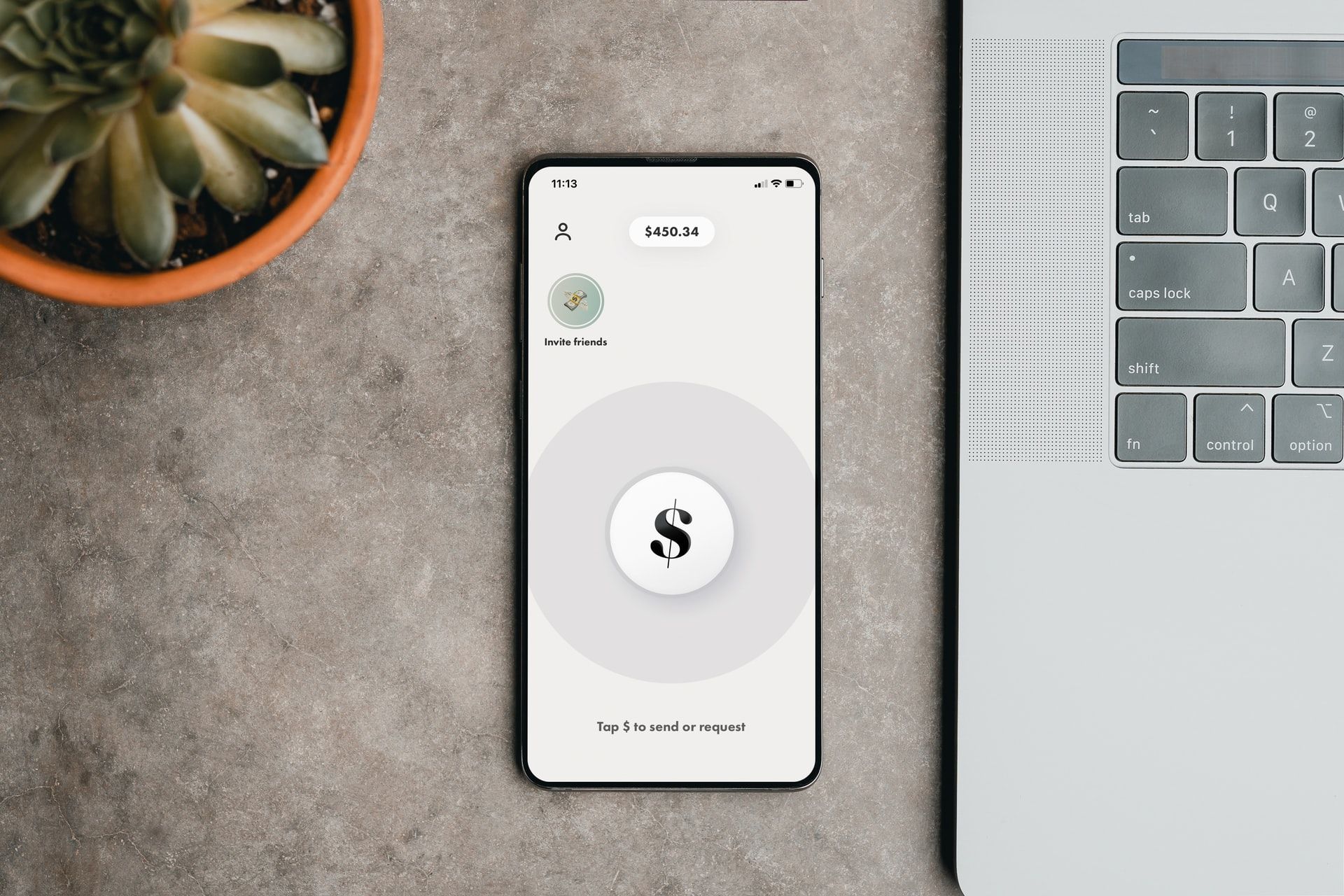Invoicing may be your least favorite paperwork to do as a business owner or freelancer since its time consuming and tedious. But, it’s inarguably your most important. After all, if you don’t invoice your customers, you can’t get compensated for your goods or services.
Unfortunately, most people believe that they can quickly create an invoice with a final amount due and that’s it. The problem with that method is that these invoices contain invoicing and billing practices that slow down the payment process. Or, even worse, prevent payment altogether.
To ensure that you get paid on time, here are 10 mistakes that you need to avoid when invoicing your customers.
1. Not agreeing on terms in advance
Prior to starting a project or shipping a product to a customer both you and the customer should agree on terms. Common invoice payments terms are:
- The scope of the project or the goods being purchased.
- Your hourly rate or cost of the products.
- When and how payment is expected.
- When the services will be completed or when items will ship.
- Late fees, interest, shipping, restocking, or any other additional costs.
Agreeing on these terms in advance will prevent any miscommunication or delays in payment. And, don’t forget, when both parties agree on these terms make sure that you both sign a contract. It will protect you and your customers from short-changing each other.
2. Waiting to invoice
If your invoice hasn’t been paid within 90 days, then you might as well forget about getting paid entirely because only 18% of those invoices get paid. Ideally, as soon as you complete a project or deliver a product you should send out an invoice immediately. Remember, there is only one answer to the question “do you send an invoice before or after payment?”: the sooner you send out an invoice, the sooner you’ll get paid. The only exception is if you and the client or customer have an agreement, like billing them on the first and fifteenth of every month.
If for any reason you forgot to invoice the customer prepare it and send it ASAP including a proper email for sending an invoice, explaining how you think is best to cover the delay and propose or remind the suitable payment method and due date.
You can speed this process up by using cloud billing applications, such as Elorus or Due. Instead of manually creating an invoice you could automate the process if you have recurring orders so that it will automatically send an invoice to the customer or withdraw funds from their bank account or credit card.
3. Vague description of the product or service
When billing customers you need to be as detailed as possible. For instance, you should specify exactly what you are billing the customer for by creating an itemized list of goods or services. This clearly allows the customer to know exactly what they are being charged for. If the invoice is more than initially quoted or includes additional expenses, make sure that this is explained on the bill.
Also, if your customer requires information like an Employer Identification Number or purchase order, make sure that’s included. This not only gives you more of a professional appearance, it also increases your chances of getting paid on time.
4. Incorrect invoice number
A numbering system helps you identify and locate individual invoices, and it makes it easier to track which ones have been paid and which ones have not. It can also be useful for looking up past information for tax purposes.
However, a solid invoice numbering system should be decided on before you start sending out invoices to avoid any confusion. Each invoice needs to have its own unique number and each subsequent invoice should have a number that progresses sequentially. For example, if your first invoice was 0001, your second invoice would be 0002.
Wrong numbering is one of the most common invoice errors in small businesses’ billing and invoicing process. The problem is that if you do not discover it soon enough you could end up with duplicate invoices and therefore duplicate payments. And then it gets too complicated to explain and you can actually destroy a customer relationship.
With tools like Elorus, this process is automated. This means that it automatically assigns an invoice number based on the previous invoice number. So, if your last invoice was 1009, Elorus would assign your next invoice as 1010.
5. Missing details
Be very careful not to miss major data when sending out invoices to clients. This will vary depending on certain state and country laws, but every invoice should at least include:
- Full legal company name, address, and number
- Your client’s name and address
- Invoice number
- Itemized list of goods or services
- The date the invoice was sent, along with the due date
- Any tax numbers that are required by law
- Payment terms
- Total amount due
It is not necessarily forced by law, but it would not hurt to add available payment methods and bank accounts. It can really speed up the payment process.
6. Sending invoices to the wrong person or company
It’s not uncommon for businesses to have a billing department, especially larger companies. This means that they’re responsible for handling your invoice and if it’s not sent to them directly this slows down the payment process. Know who should receive invoices and send them directly to that individual, or department.
Also, double-check to make sure that you’re sending the invoice to the right customer or organization. Some businesses use similar email addresses, like billing@bigcompany.com. It’s easy to just see ‘billing’ and assume it’s the client you’re sending the invoice to.
7. Poor formatting and editing
Everything from spelling errors, incorrect dollar amounts, and sloppy formatting make you appear unprofessional. However, these mistakes can also prevent you from receiving the payment on time since the customer may not understand the invoice. Always double-check your invoices to catch these mistakes before they’re sent. If possible, have a send set of eyes, like your spouse or a colleague. They’ll help you catch any mistakes that you may have missed.
8. Not including incentives
Want your customers to pay you on time, or even ahead of schedule? Give them a reason to pay the invoice by offering incentives like a discount if they pay early, such as 5% off the total amount due if paid within 10 days. You could also consider using gift cards, credits, or future discounts to the customers who pay early.
9. Not using your invoices as a marketing tool
Most businesses and freelancers simply view invoices as a tool to get paid. Obviously, this is the main goal of an invoice, but it can also be used to generate future revenue if you start using your invoices as a marketing tool.
Unlike marketing materials like email newsletters, display ads, or flyers, your customers pay close attention to an invoice since they’re making sure that they’re being billed correctly. Use this to your advantage by:
- Offering a discount for a future purchase or gig
- Requesting feedback or a testimonial
- Offering a referral incentive if they recommend you or your business
- Mentioning the launch of a new product or service
10. Not branding your invoices
Customizing your invoices so that they reflect your brand encourages customers to pay the invoice on time and sets you apart from competitors. When creating an invoice template for your brand, select a color that not only reflects your brand but also influences the customer. For example, blue is associated with trustworthiness and professionalism. Also, include a logo. It’s been found that you are 3x more likely to get paid if you add a company logo to your invoice.
Lastly, we are only human and mistakes can happen even to the most careful of us. In that case, send to your client an apology cover letter attached with the amended invoice, if you had to proceed to cancellation. Include an explanation of the invoice error like false billing or duplicate invoice. If there were wrong data on the invoice define them. Include a false billing explanation if the amount of the invoice is undercharged or overcharged. It would be beneficial to make a follow-up call or take it to the customer yourself.
About the Author:
John Rampton is an entrepreneur, investor, online marketing guru, and startup enthusiast. He is the founder of the online invoicing company Due. John is best known as an entrepreneur and connector. He was recently named #2 on the Top 50 Online Influencers in the World by Entrepreneur Magazine and a Blogging Expert by Time. He currently advises several companies in the San Francisco Bay area.


![How to ask for payment politely [4 Professional Email Templates]](https://elorus.ams3.cdn.digitaloceanspaces.com/blogen/2022/05/ask-for-payment---Elorus-blog.jpg)

